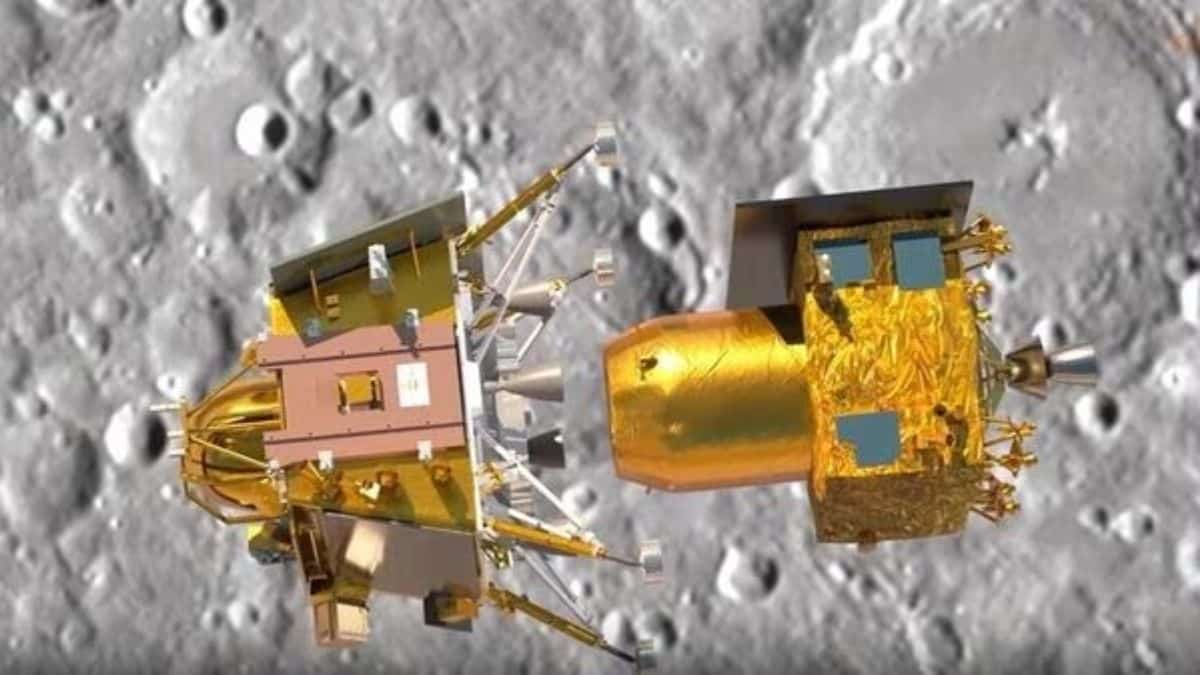Indian spacecraft has gotten closer to the Moon and is on track to make a soft landing on Wednesday, August 23, on the lunar surface. On Sunday, the Lander Module (LM) of the Chandrayaan-3 project was successfully lowered in orbit, according to the ISRO. Chandrayaan-3, which was launched on July 14th, successfully separated its lander module from its propulsion module on Thursday, 35 days after the mission’s initial launch.
The goals of Chandrayaan-3’s mission are to show a soft and safe lunar surface landing, lunar rover wandering, and in-situ scientific experimentation.
The moon lander has started a detailed scanning of the spot for landing on the lunar surface in the south pole. The scientists are awaiting for the complex manure process that is expected to take place on August 23.
On Monday, the Indian Space Research Organization (ISRO) sent an update on Chandrayaan-3’s journey to the south pole of the Moon on the microblogging website ‘X,’ formerly known as Twitter. According to ISRO, the Lander Vikram, which has been orbiting the moon since August 5th, has now made contact with the Chandrayaan-2 orbiter.
Chandrarayan-3 Mission: ‘Welcome, friend!’ Ch-3 LM was officially welcomed by Ch-2 orbiter. There is established two-way contact between the two. There are now more ways for MOX to get to the LM. The ISRO statement on X stated, “Update: Live telecast of Landing event begins at 17:20 Hrs. IST.”
Dr. S. Somnath, the chairman of ISRO and secretary of the Department of Space, met with Dr. Jitendra Singh, the Union Minister of State (Independent Charge) for Science and Technology, the MoS PMO, Personnel, Public Grievances, Pensions, Atomic Energy, and Space, today in New Delhi to inform him of Chandrayaan-3’s readiness for the moon landing scheduled for August 23, 2023, in the evening.
The Minister was updated by the Chairman of ISRO on the condition of Chandrayaan-3, who stated that all systems are operating without a hitch and that no problems are anticipated for Wednesday. The condition of Chandrayaan-3 will be closely watched throughout the course of the following two days. According to him, the final landing sequence will be loaded two days beforehand and tested.


